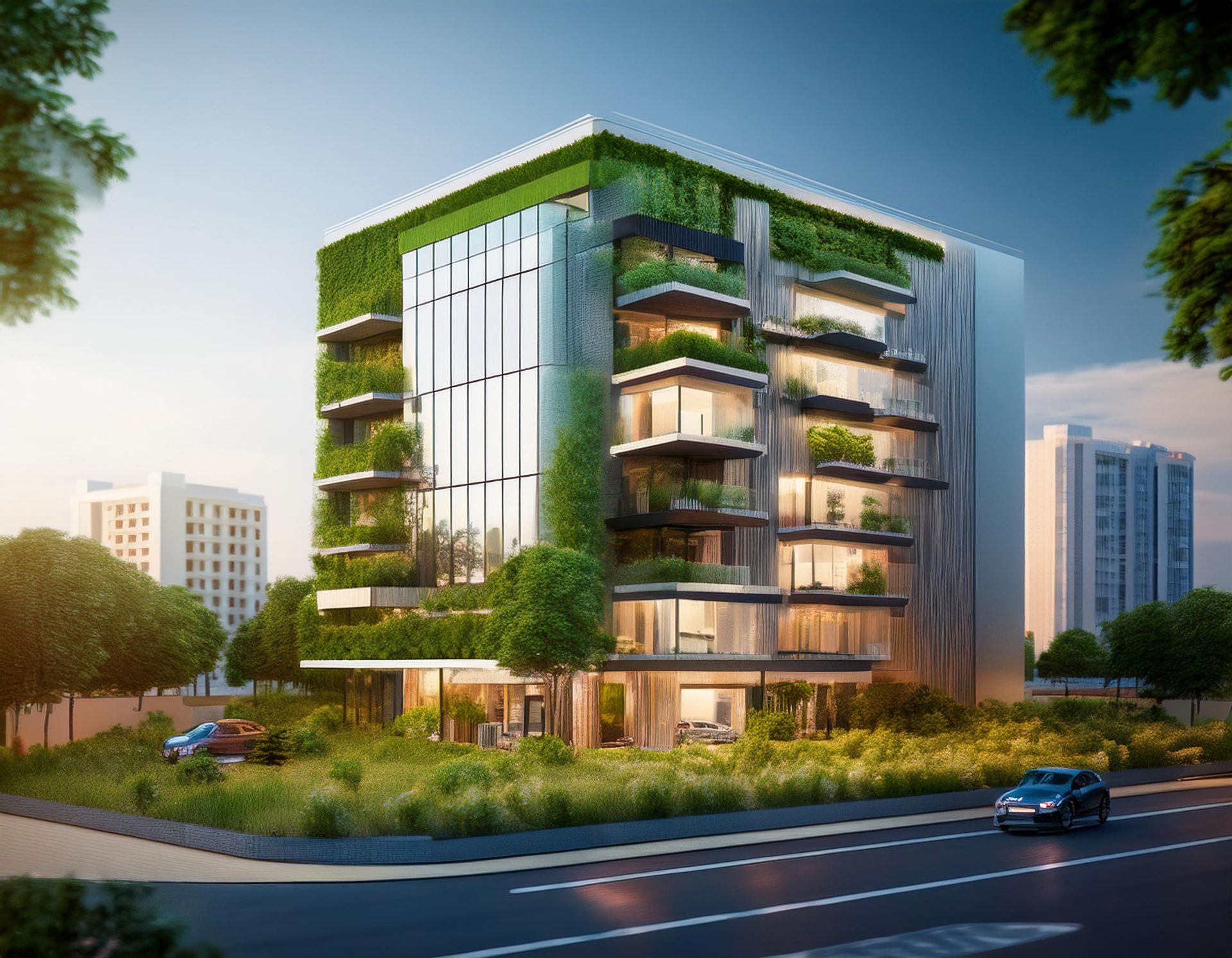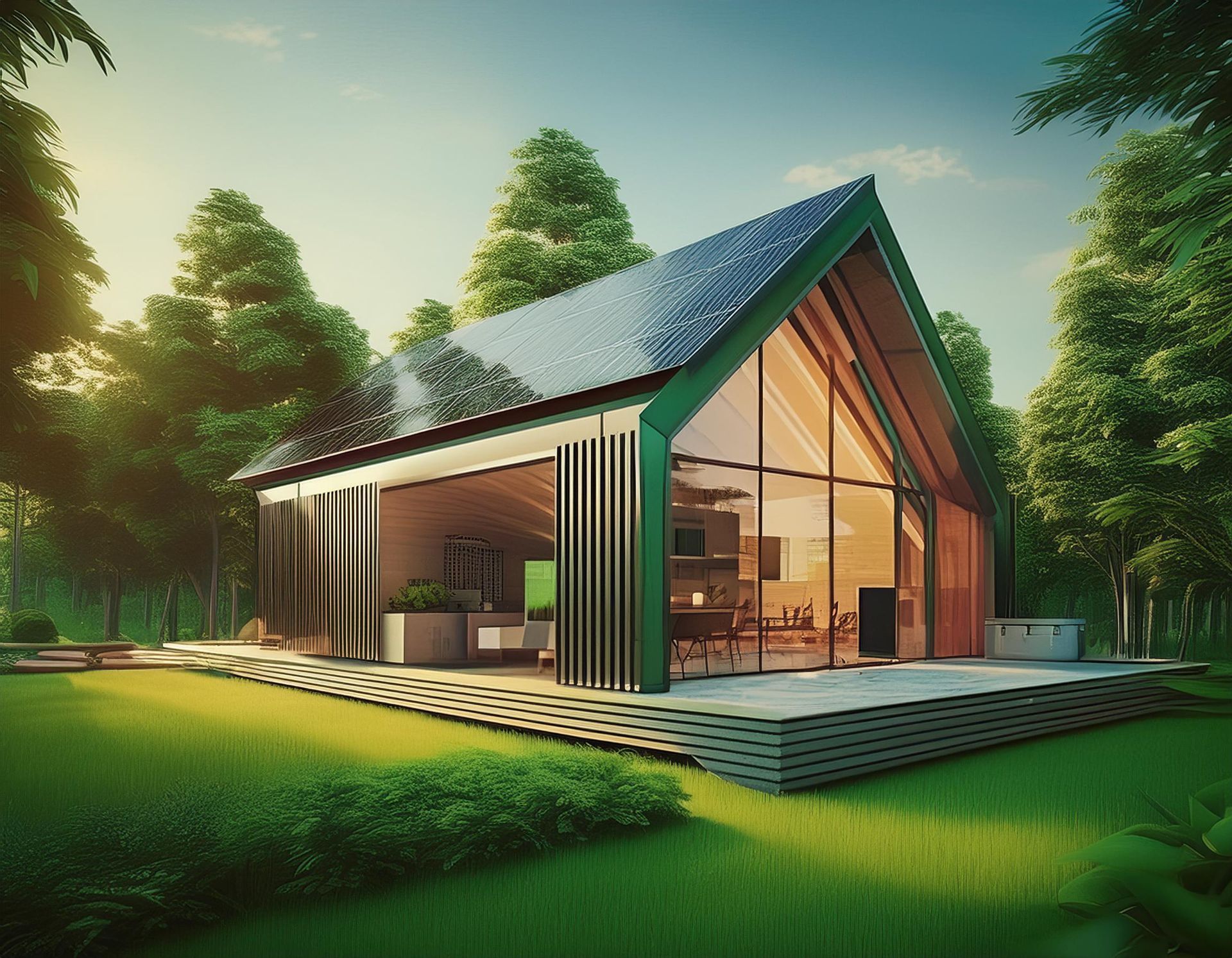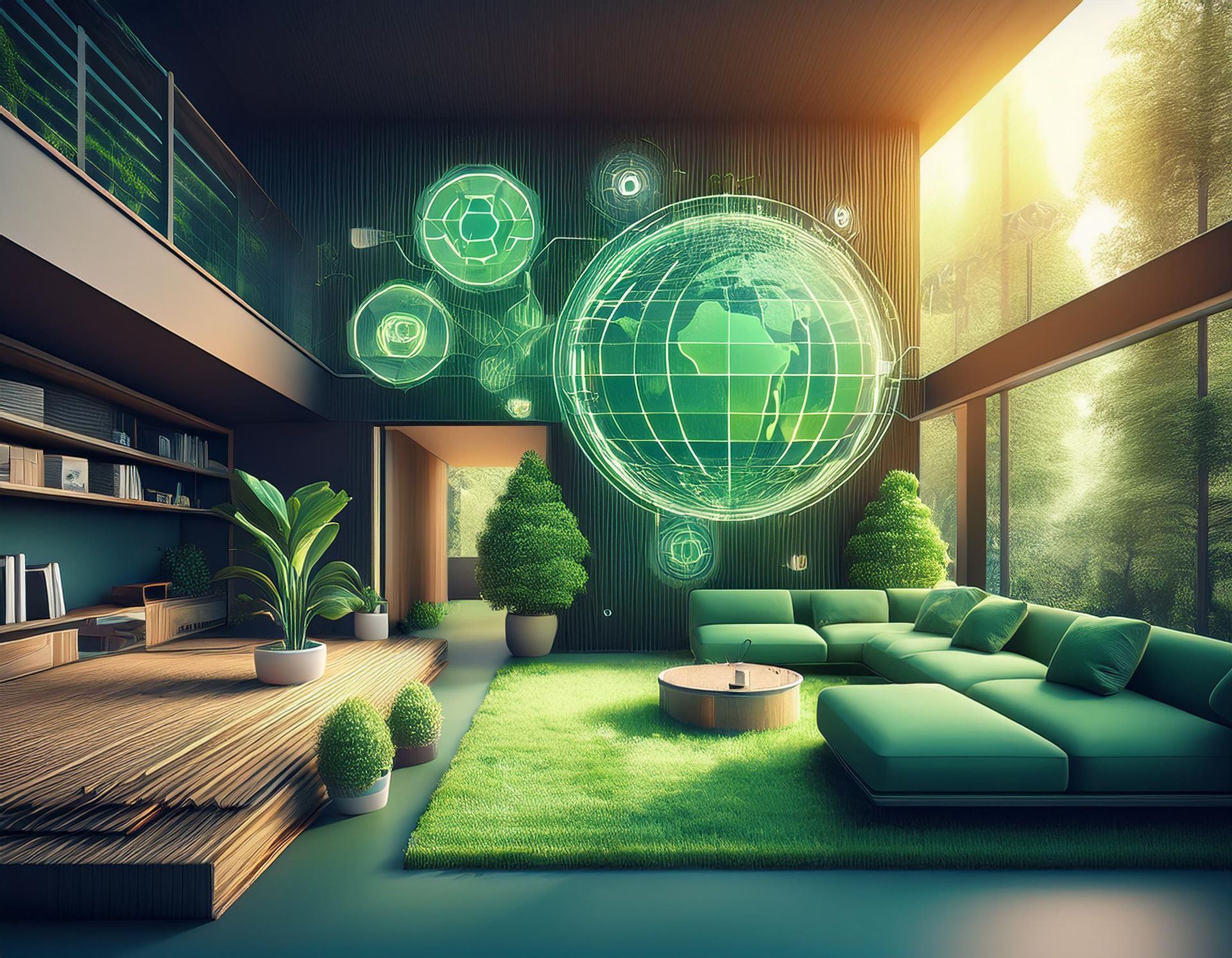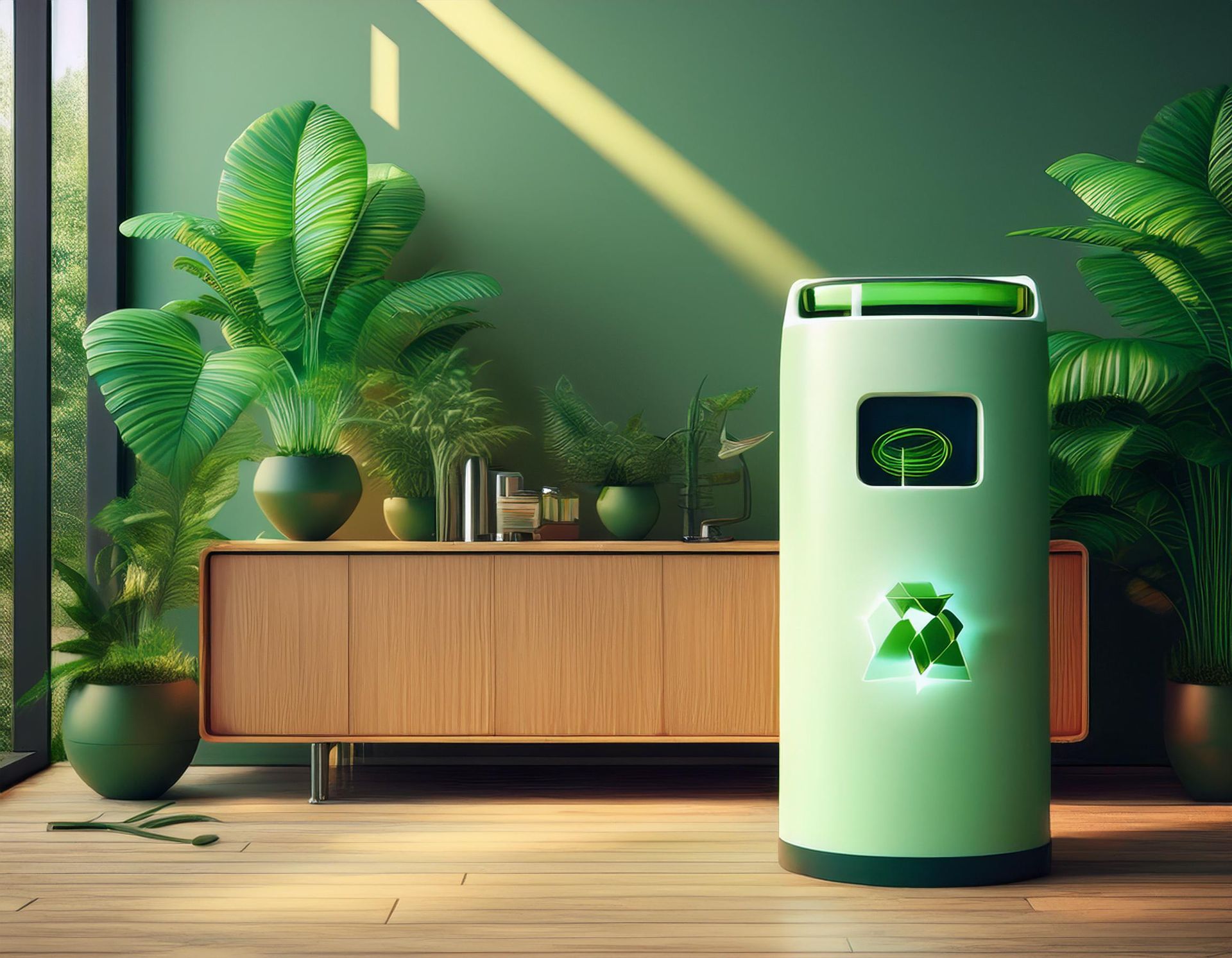Zero Emission Living Space Model: Redefining Sustainable Living
🌍 Ready to make your home a model of sustainability? 🌍 Join the movement towards zero-emission living spaces and start making a difference today! Share this post to inspire others to create eco-friendly homes.
The Zero Emission Living Space Model is designed to create living environments that produce zero carbon emissions, using innovative technologies and sustainable practices to achieve true environmental harmony.
Here’s how it works:
- Energy Efficiency: Every element of the living space, from insulation to appliances, is optimized for maximum energy efficiency. Advanced energy management systems monitor usage and ensure minimal waste.
- Renewable Energy: Solar panels, wind turbines, and other renewable energy sources provide all the power needed, allowing the home to operate independently from fossil fuels.
- Sustainable Materials: The construction uses eco-friendly, locally-sourced, and recyclable materials that reduce the carbon footprint from the very beginning.
💡 Want to implement these solutions in your own home? Comment below or message us for more tips on creating a zero-emission living space. Share this post to spread the word on how to live sustainably!
- Water Conservation: Rainwater harvesting systems and *Greywater recycling are integrated to minimize water use, while promoting efficient consumption through smart water management.
- Smart Technology: *IoT-enabled systems automate lighting, heating, cooling, and appliance usage to optimize energy consumption based on real-time data.
- Green Spaces: Indoor and outdoor green spaces, including vertical gardens and rooftop plants, help absorb CO₂ and improve air quality, creating a healthier environment.
- Waste Management: A zero-emission living space emphasizes recycling, composting, and reducing waste, ensuring that little to no waste ends up in landfills.
🌱 Let’s build a cleaner, greener future together! 🌱 Join the zero-emission living movement by sharing these ideas and taking action today to transform your space into a sustainable model.
*Greywater is wastewater that comes from non-toilet plumbing systems in homes and buildings, such as sinks, showers, bathtubs, and washing machines. It typically contains minimal contaminants compared to "blackwater" (sewage from toilets) and can be treated and reused for non-potable purposes like:
- Irrigation for plants and landscaping
- Flushing toilets
- Cleaning and washing tasks
Reusing greywater helps conserve water, reduces the strain on wastewater treatment facilities, and promotes more sustainable water management practices in homes and businesses.
*IoT (Internet of Things) refers to the network of physical objects, devices, or "things" that are embedded with sensors, software, and other technologies, allowing them to connect to the internet and exchange data with other devices and systems. IoT enables these devices to collect and share information, making it possible to monitor, control, and automate various processes remotely.
Some key applications of IoT include:
- Smart homes: Devices like thermostats, lights, security cameras, and appliances can be connected and controlled through smartphones or voice commands.
- Smart cities: IoT is used to manage traffic, monitor air quality, and optimize energy usage in public infrastructure.
- Healthcare: Wearable devices and health monitoring systems use IoT to track patient data in real-time.
- Industrial automation: IoT is used in manufacturing to monitor machines, track production, and improve efficiency.
In essence, IoT allows for greater interconnectivity between devices and systems, enabling smarter, more efficient operations across various industries and daily life.
The Future of Eco-Friendly Living
Ready to make your home sustainable? Start now by incorporating these solutions and share this vision for a cleaner future!
Join the movement today and transform your living space into a zero-emission model!
Our Product






